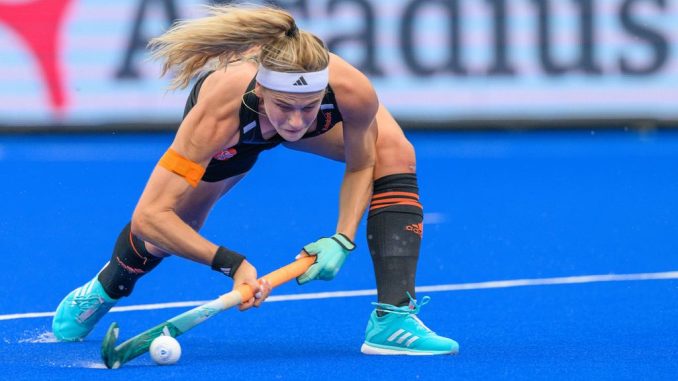
The Anticipated Decision
The 2026 Hockey World Cup has taken a surprising turn with the recent decision to resume using water fields for the games. Contrary to earlier announcements that they would cease utilizing them, the International Hockey Federation (FIH) declared that the expected transition to dry fields will not be implemented just yet. The decision for a shift from water fields was welcomed due to environmental concerns. Traditional irrigable fields consume copious amounts of water, and transitioning to dry fields presented an opportunity to curb this usage.
The Pivot Back to Water Fields
However, during the latest Hockey 5s World Cup in Oman, the dry field’s performance fell short of expectations, and the FIH conceded that it was premature to completely transition to dry fields. “The dry field failed to meet the performance and safety criteria set by elite hockey players,” stated an FIH spokesperson. Consequently, further evaluation and research were deemed necessary.
Mixed Responses from KNHB
The Dutch Hockey Federation (KNHB) responded to the recent clarification on the field type with a mixture of relief and disappointment. While the federation appreciated the clarity provided for tournament preparations, they shared the FIH’s sentiment that it was regrettable that sustainability goals could not be achieved in full at this point. Water fields are favoured by numerous hockey players, allowing the ball to roll faster, enabling precise sliding actions, and offering a wet surface that enhances ball control techniques. 
Concerns Surrounding Water Fields
Despite these advantages, water fields are under scrutiny. It’s necessary to wet the fields before every match or training session, resulting in an estimated annual consumption of 3.5 million litres of water per field. Countries like the Netherlands often utilise ditch or rainwater for spraying, but there are also instances when tap water is used. With climate change raising sustainability concerns and certain hockey nations like India facing water scarcity during heat waves, FIH deems this practice unsustainable.
Progress Towards Water Conservation
The International Hockey Federation highlighted that there has been notable progress on water conservation since the 2016 Rio Olympic Games, achieving 40% water savings on fields. They look forward to further sustainable practices in the forthcoming summer games. “We are committed to becoming more sustainable, and our decision to use water fields in the 2026 World Cup doesn’t change this commitment,” stated an FIH spokesperson. The unexpected return to water fields at the 2026 Hockey World Cup highlights the intersection of sports performance and environmental conservation, an issue that will continue to play a pivotal role in the evolution of global sports events

Be the first to comment